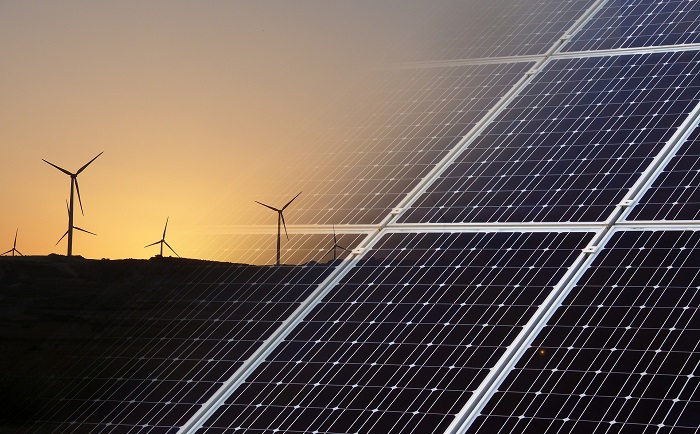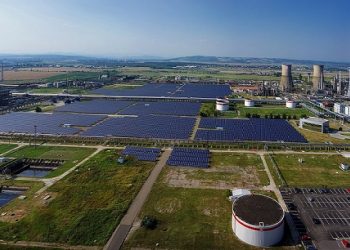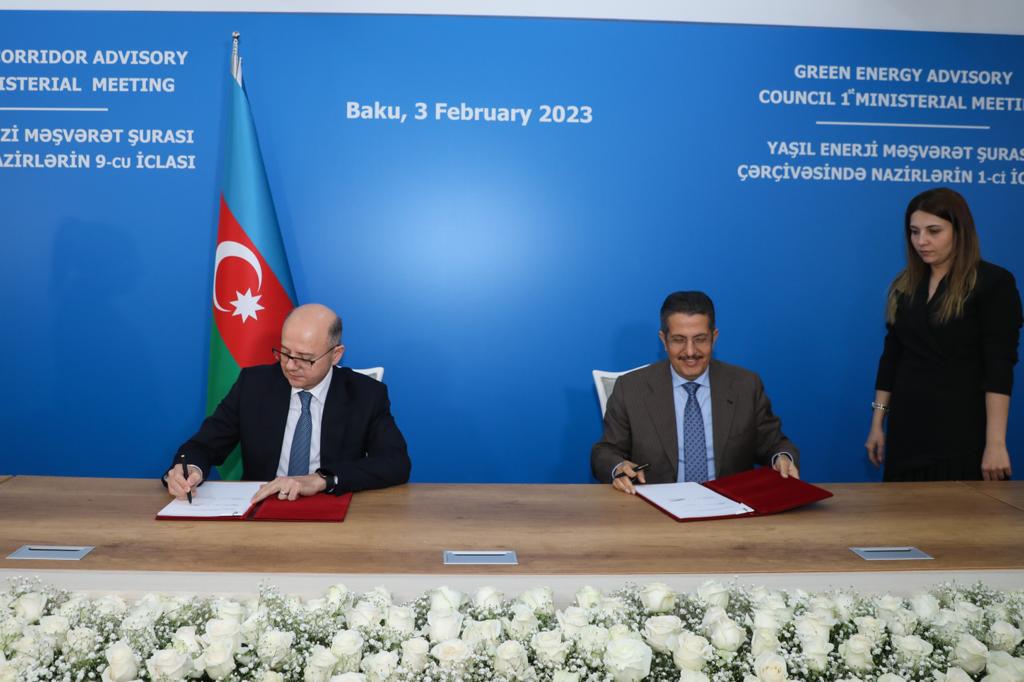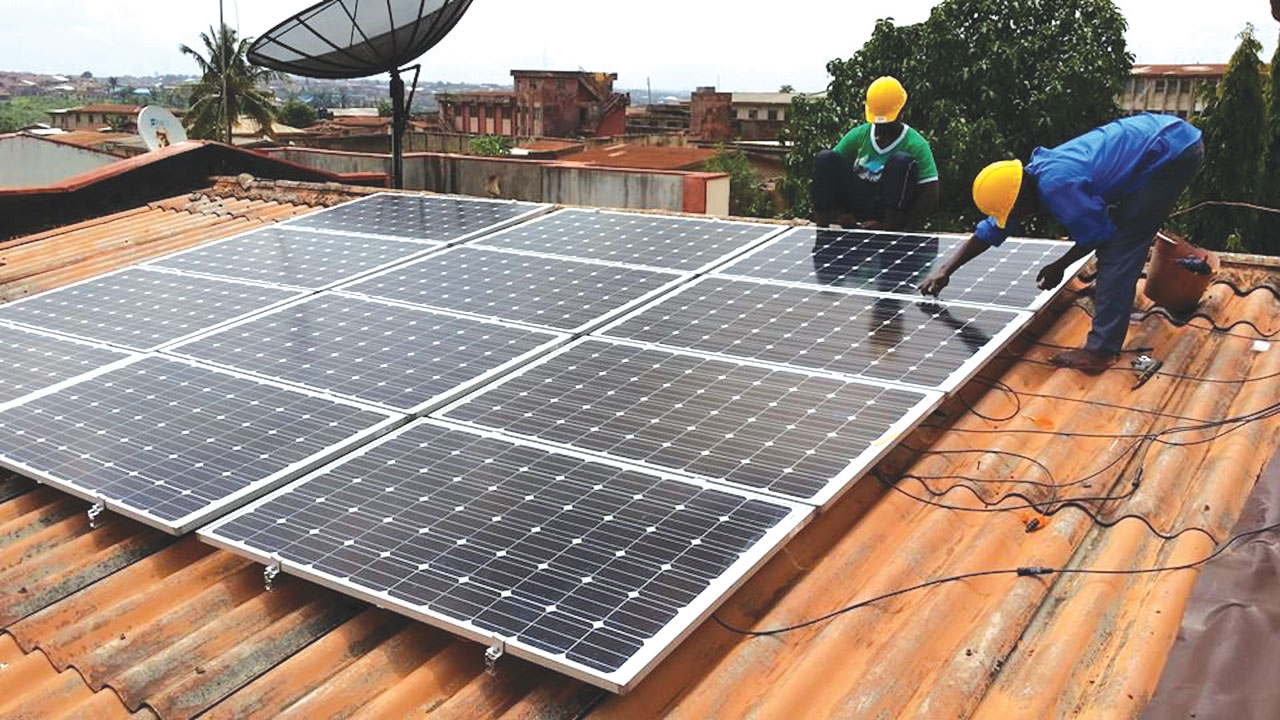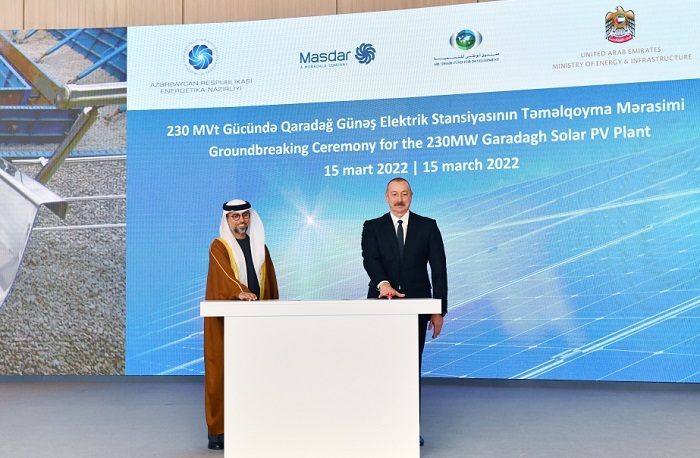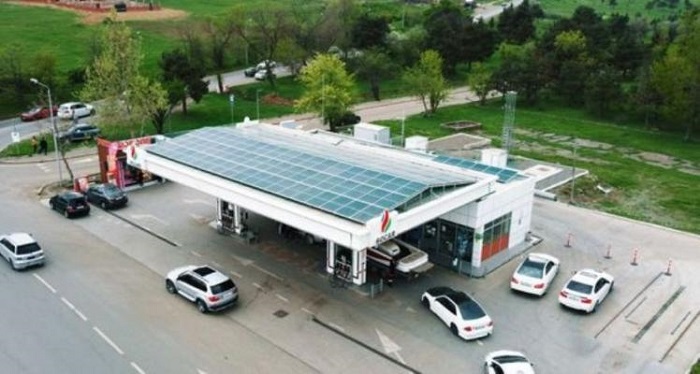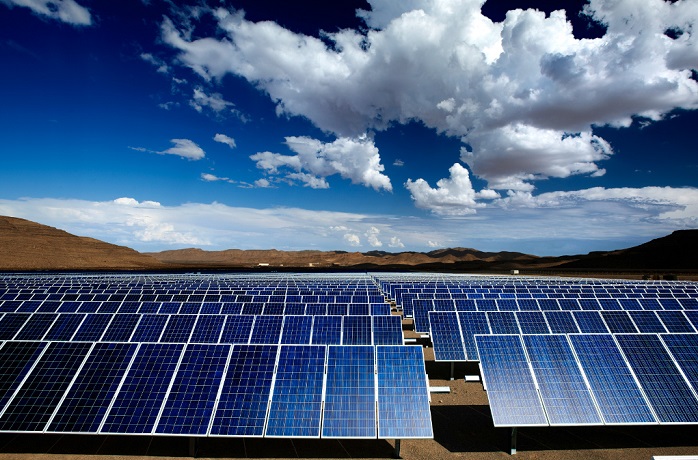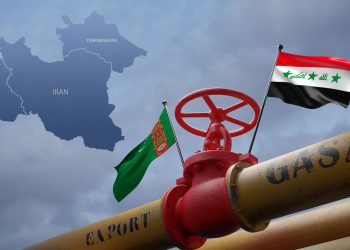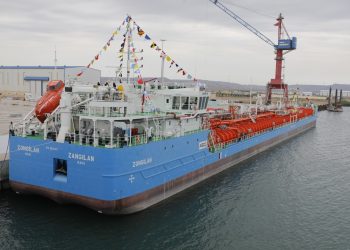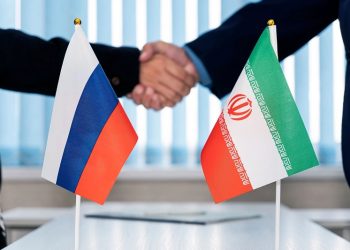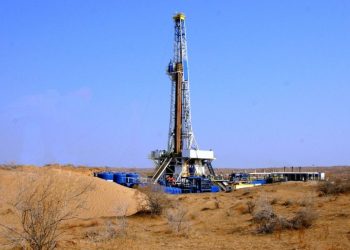The Ministry of Energy of Azerbaijan has been negotiating with various foreign private and joint-stock companies for several years in order to develop alternative energy in the country.
The documents on cooperation were signed with many of these companies, although only two were able to reach a commercial agreement. However, everyone is interested in one question – at what price does the Azerbaijani government plan to purchase “green” energy from private investors. After all, energy produced from alternative sources is not cheaper at cost than energy obtained from traditional sources.
The Department of Energy has not disclosed these details so far. Although he is very willing to advertise that for the construction of two power plants (solar and wind), foreign companies will invest more than $ 400 million in investments.
Does the company invest to make money? Moreover, with a certain profit margin.
The website of the Tariff Council (regulator) of the Republic of Azerbaijan has prices at which the government calculates purchases from electricity producers.
According to the approved tariff, electricity produced from wind turbines is purchased for AZN 0.055 (at the current rate of $ 0.0323) for each kW/hour.
In addition, the government buys electricity produced by other sources of alternative and renewable energy for 0.057 manats (at the current rate of $ 0.0335) for each kW / hour.
Those who will produce electricity at small power plants will be able to sell “light” on the wholesale market inside Azerbaijan at a price of 0.05 manats (at the current rate of $ 0.0294) for each kW/hour. These prices also include value added tax (VAT).
There are still two major players in the alternative energy market in Azerbaijan: Masdar (UAE) and AcwaPower (Saudi Arabia).
True, both of these companies do not produce electricity yet, since they managed to sign only a commercial agreement with the Azerbaijani Ministry of Energy. It is expected that their implementation will begin by 2023 and as a result of their activities, Azerbaijan will be able to annually produce more than 1 billion kWh of electricity from solar and wind. So far, these volumes do not exceed 150 million kWh.
Caspian Barrel



